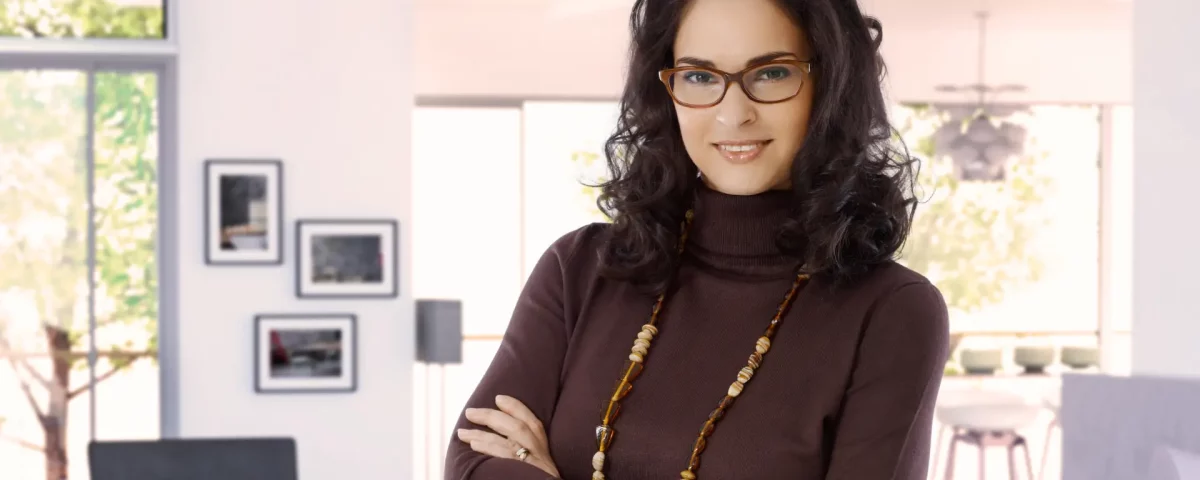
Fashion Industry's Influence on Interior Design Trends: A Case Study in Haute Couture Interiors
Introduction
The worlds of fashion and interior design have shared an intricate and symbiotic relationship for centuries. Fashion trends often find their way into our homes and commercial spaces, influencing interior design choices and aesthetics. In this extended case study, we will explore how the fashion industry, through a specific collaboration, has significantly transformed interior design trends in the contemporary world. This case study will delve into the background, key players, collaboration, and the profound impacts of haute couture interiors on the new world of interior design.
Case Study: The Rise of Haute Couture Interiors
Background:
In recent years, the fashion industry's influence on interior design trends has been more prominent than ever before. The concept of "haute couture interiors" has emerged, mirroring the bespoke, high-fashion world of custom-tailored clothing. This case study focuses on a unique collaboration between a world-renowned fashion designer and a prestigious interior design firm, resulting in the emergence of haute couture interiors.
Key Players:
- Fashion Designer: Karl Lagerfeld
Karl Lagerfeld was a celebrated and visionary fashion designer, best known for his iconic work as the creative director of Chanel. His avant-garde approach to fashion, blending classic and modern elements, made him a prominent and influential figure in the fashion world.
- Interior Design Firm: Studio Sofield
Studio Sofield, led by the renowned interior designer William Sofield, is recognized for its sophisticated, tailored approach to interior design. The firm specializes in creating customized, high-end interiors that reflect a client's unique personality and lifestyle.
The Collaboration:
Karl Lagerfeld and Studio Sofield embarked on a collaborative project in the heart of New York City—an opulent penthouse located within a historic building. The primary objective of this collaboration was to create a living space that seamlessly fused Lagerfeld's distinct fashion sensibilities with Sofield's unparalleled expertise in interior design.
Transformation of Interior Design Trends:
- Couture Fabrics and Textures: Lagerfeld's deep appreciation for luxurious fabrics and textures, often evident in his fashion collections, significantly influenced the interior space. Velvet upholstery, silk draperies, and sumptuous textiles became prominent design elements, reflecting the opulence associated with haute couture.
- Iconic Monochromatic Palette: Lagerfeld's unmistakable preference for black and white color schemes found its way into the penthouse's overall design. Crisp, monochromatic contrasts and bold geometric patterns became signature elements, reminiscent of Chanel's classic and timeless designs.
- Custom Furniture and Artwork:Every piece of furniture and artwork in the penthouse was custom-made, mirroring the bespoke approach of haute couture fashion. Each item was meticulously crafted to serve as a work of art, underscoring Lagerfeld's and Sofield's unwavering commitment to attention to detail.
- Artistic Influence:Lagerfeld's profound love for art and culture inspired a seamless fusion of art and design within the penthouse. Iconic artworks adorned the walls, while sculptural pieces functioned as functional art pieces within the space, blurring the lines between aesthetics and functionality.
- Timeless Elegance:The collaboration aimed to create an interior that transcended fleeting trends, standing the test of time. It successfully blended classic design elements with modern sensibilities, achieving a harmonious balance that epitomized the timeless elegance associated with Lagerfeld's fashion creations.
Impact on the New World of Interior Design:
The Lagerfeld-So field collaboration and the emergence of haute couture interiors have left an indelible mark on the interior design industry, heralding significant changes:
- Customization: The project emphasized the growing demand for fully customized interiors that reflect the unique personalities and lifestyles of their occupants.
- Bridging Fashion and Interiors: The collaboration demonstrated how fashion and interior design can seamlessly merge, with fashion designers bringing their creative visions into interior spaces, offering innovative and inspiring design trends.
- Elevation of Materials: Through the use of high-quality, couture-inspired materials, the project raised the bar for interior design. It placed a newfound emphasis on tactile experiences and sensory aesthetics, underscoring the significance of materials in interior design.
- Monochromatic Elegance: The penthouse's monochromatic palette has inspired a broader trend toward sophisticated, timeless color schemes in both residential and commercial spaces, offering a sense of understated elegance and sophistication.
Conclusion
The case study of the collaboration between Karl Lagerfeld and Studio So field serves as a compelling example of how the fashion industry's influence has significantly transformed interior design trends in the contemporary world. The emergence of haute couture interiors has ushered in an era of customization, artistic influence, and an unwavering commitment to quality materials and craftsmanship in interior design. This case study underscores the pivotal role fashion designers can play in shaping interior spaces, offering innovative and inspiring design trends that continue to reshape the interior design landscape. As fashion and interior design continue to intertwine, we can anticipate further exciting developments and a continuous evolution of design aesthetics in both industries.



















